Turmeric: The Golden Spice of Life
Discover the ancient healing power of turmeric that has been transforming health for over 4,000 years. From reducing inflammation to boosting brain health, this golden spice offers scientifically proven benefits for modern wellness.
Explore BenefitsIntroduction to Nature's Golden Healer
Turmeric, scientifically known as Curcuma longa, stands as one of nature's most powerful and versatile healing spices. This vibrant golden-yellow rhizome has been revered for over 4,000 years across multiple civilizations, serving not only as a culinary staple but as a cornerstone of traditional medicine systems including Ayurveda, Traditional Chinese Medicine, and Unani practices.
The distinctive golden color that has made turmeric famous worldwide comes from its active compound curcumin, which represents just 2-8% of the root's composition yet delivers extraordinary therapeutic benefits that modern science continues to validate through extensive research. Native to the tropical forests of Southeast Asia, particularly India and Indonesia, turmeric belongs to the ginger family (Zingiberaceae) and shares similar growing patterns and botanical characteristics with its cousin, ginger.
The plant itself grows to approximately 3-5 feet in height, producing beautiful white flowers and broad leaves that create a tropical canopy beneath which the precious rhizomes develop underground. These rhizomes are harvested annually, carefully cleaned, boiled, dried, and then ground into the fine golden powder that has become synonymous with health, vitality, and culinary excellence across the globe.
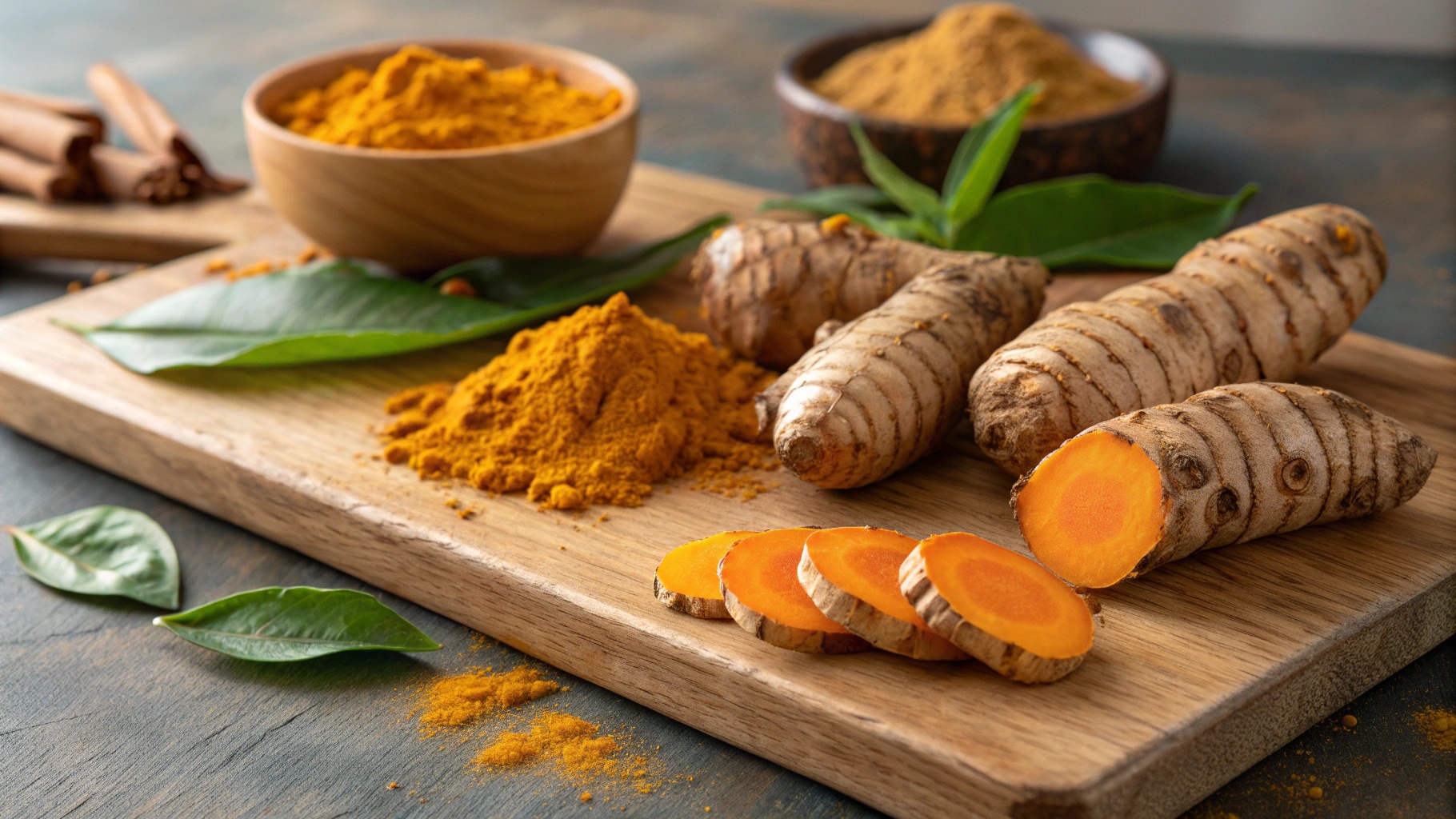
Ancient Origins: 4,000 Years of Healing Wisdom
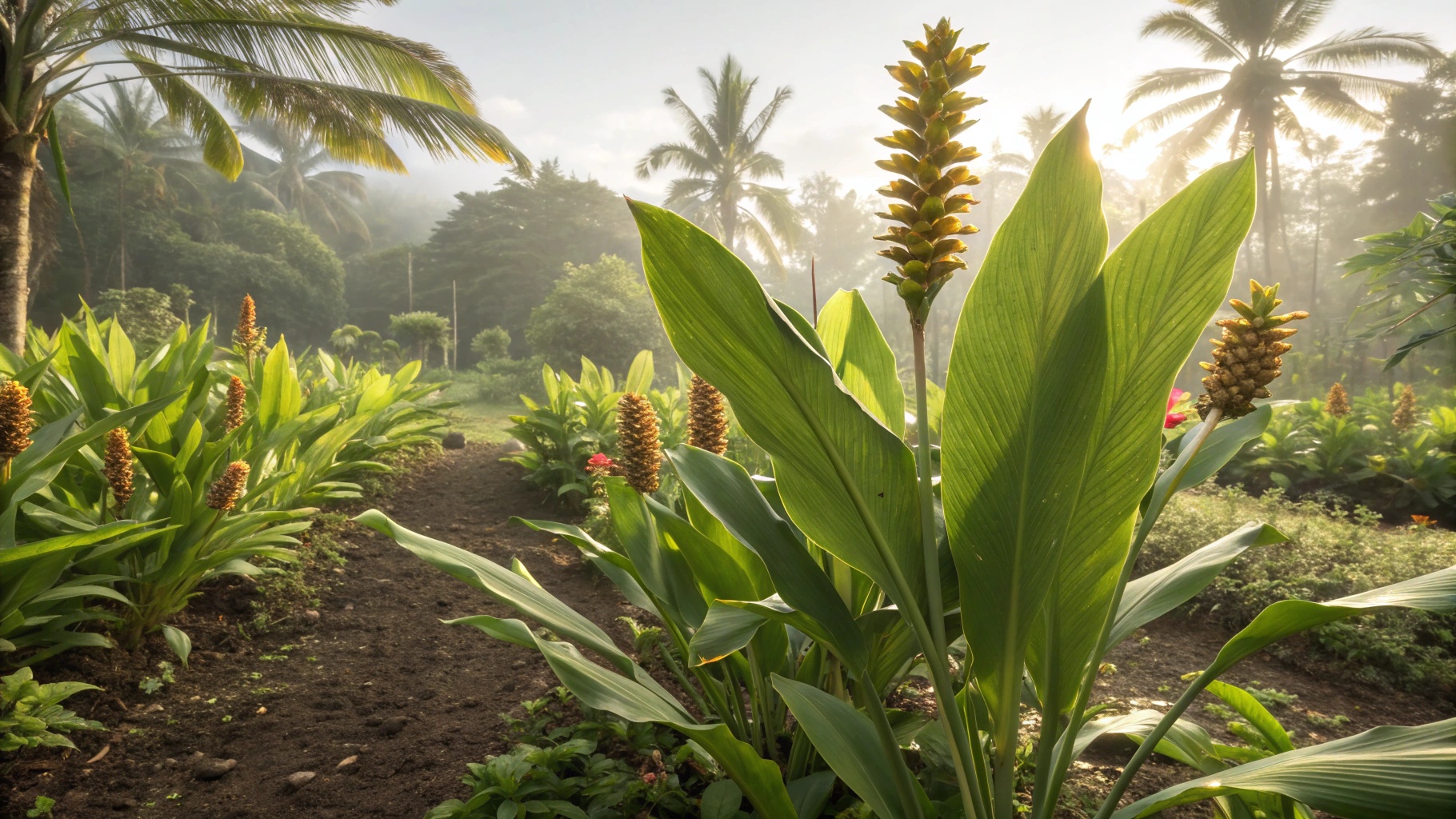
The historical journey of turmeric begins in the misty dawn of human civilization, with archaeological evidence suggesting its use as far back as 4,000 years ago in the ancient Indus Valley Civilization, where it was not merely a spice but a sacred element in religious ceremonies and daily life. Ancient Sanskrit texts, particularly the Atharva Veda, mention turmeric as 'haridra,' describing it as the herb that gives life energy and divine light, capable of purifying both body and spirit.
The spice's journey along the legendary Silk Road transformed it from a regional treasure into a global phenomenon, as traders carried precious loads of this golden powder from the ports of Malabar to the markets of ancient Rome, where it was valued both as a dye for Buddhist monks' robes and as a medicinal compound prescribed by Greek physicians.
During the height of the spice trade in medieval times, Arab merchants introduced turmeric to North Africa and Spain, where it became integrated into Moorish cuisine and medicine, leaving an indelible mark on Mediterranean culinary traditions that persists to this day.
In traditional Ayurvedic medicine, turmeric has been classified as 'tridoshic,' meaning it balances all three doshas (vata, pitta, and kapha), making it suitable for nearly every constitution and health condition. The spice's role extended beyond medicine into spiritual practices, where it was used to anoint deities, create sacred geometric patterns called rangoli, and as a natural dye for holy robes, symbolizing purity, prosperity, and divine connection.
Botanical Profile: Understanding the Living Plant
Turmeric (Curcuma longa L.) represents a remarkable example of botanical specialization, evolving over millions of years to produce a complex array of bioactive compounds that serve both the plant's survival needs and human therapeutic requirements. The plant itself is a perennial herbaceous species that reaches heights of 3-5 feet (1-1.5 meters), featuring large, lanceolate leaves that can extend up to 18 inches in length.
The inflorescence emerges as a dense spike, approximately 8-12 inches long, bearing pale yellow to white flowers with distinctive pink or purple tips, creating a striking visual display that has made turmeric popular as an ornamental plant in tropical gardens worldwide. The true treasure lies beneath the soil surface, where the rhizomatous root system develops into finger-like structures that branch from a central mother rhizome.
The ideal growing conditions for turmeric mirror its native habitat in the humid tropical forests of Southeast Asia, requiring temperatures between 68-95°F (20-35°C), annual rainfall of 60-120 inches (1500-3000mm), and well-drained, loamy soils rich in organic matter with a slightly acidic pH between 5.5 and 6.5.

Chemical Composition: The Science Behind the Healing

The extraordinary therapeutic potential of turmeric stems from its complex chemical composition, which comprises over 100 distinct bioactive compounds working synergistically to produce effects far greater than any single component could achieve alone. The primary curcuminoid compounds include curcumin (diferuloylmethane), demethoxycurcumin, and bisdemethoxycurcumin, with curcumin representing 60-70% of the total curcuminoid content.
Essential oils constitute 3-7% of turmeric's composition, primarily consisting of turmerones (ar-turmerone, α-turmerone, β-turmerone), atlantones, and zingiberene, which not only contribute to turmeric's distinctive aroma but also demonstrate significant antimicrobial, antifungal, and anti-inflammatory activities that complement the curcuminoid effects.
The synergistic interactions between curcuminoids and essential oils create what researchers term the 'entourage effect,' where the combined therapeutic impact exceeds the sum of individual compound activities, explaining why whole turmeric extracts often outperform isolated curcumin supplements in clinical applications.
Scientifically Proven Health Benefits
Anti-Inflammatory Power
Curcumin's ability to modulate inflammation through multiple cellular targets including NF-κB, COX-2, and LOX pathways provides natural relief for arthritis, joint pain, and chronic inflammatory conditions without the side effects of NSAIDs.
Brain Health & Cognitive Support
Crosses the blood-brain barrier to reduce neuroinflammation, prevent protein aggregation, enhance BDNF production, and support cognitive function while potentially preventing Alzheimer's disease and age-related cognitive decline.
Cardiovascular Protection
Improves endothelial function, reduces cholesterol and triglycerides, prevents LDL oxidation, reduces blood pressure, and provides natural anticoagulant effects for comprehensive heart health support.
Digestive Health
Supports gastrointestinal function through anti-inflammatory effects on IBS, IBD, and leaky gut syndrome while enhancing digestive enzyme production and maintaining healthy intestinal barrier function.
Immune System Support
Enhances T-cell responses, natural killer cell activity, and antibody production while modulating cytokine production to create balanced immune responses and reduce autoimmune symptoms.
Skin Health & Beauty
Provides anti-aging benefits through antioxidant protection, reduces acne and inflammation, accelerates wound healing, and improves skin elasticity and hydration for natural beauty enhancement.
Traditional Preparation Methods for Maximum Benefits
Traditional preparation methods for turmeric represent thousands of years of accumulated wisdom regarding optimal extraction, preservation, and enhancement of its therapeutic properties, with modern scientific validation confirming the superiority of these time-tested approaches over many contemporary processing methods.
The traditional Ayurvedic preparation known as 'Haridra Khand' involves combining turmeric with ghee (clarified butter) and black pepper, creating a formulation that significantly enhances curcumin bioavailability through the lipophilic nature of ghee and the piperine content of black pepper, achieving plasma curcumin levels 2000% higher than standard curcumin supplements.
The ancient practice of preparing 'Golden Milk' involves simmering turmeric in milk with other spices including cinnamon, cardamom, and black pepper, creating a synergistic blend that enhances absorption, reduces inflammation, and provides additional health benefits through the combination of multiple bioactive compounds.
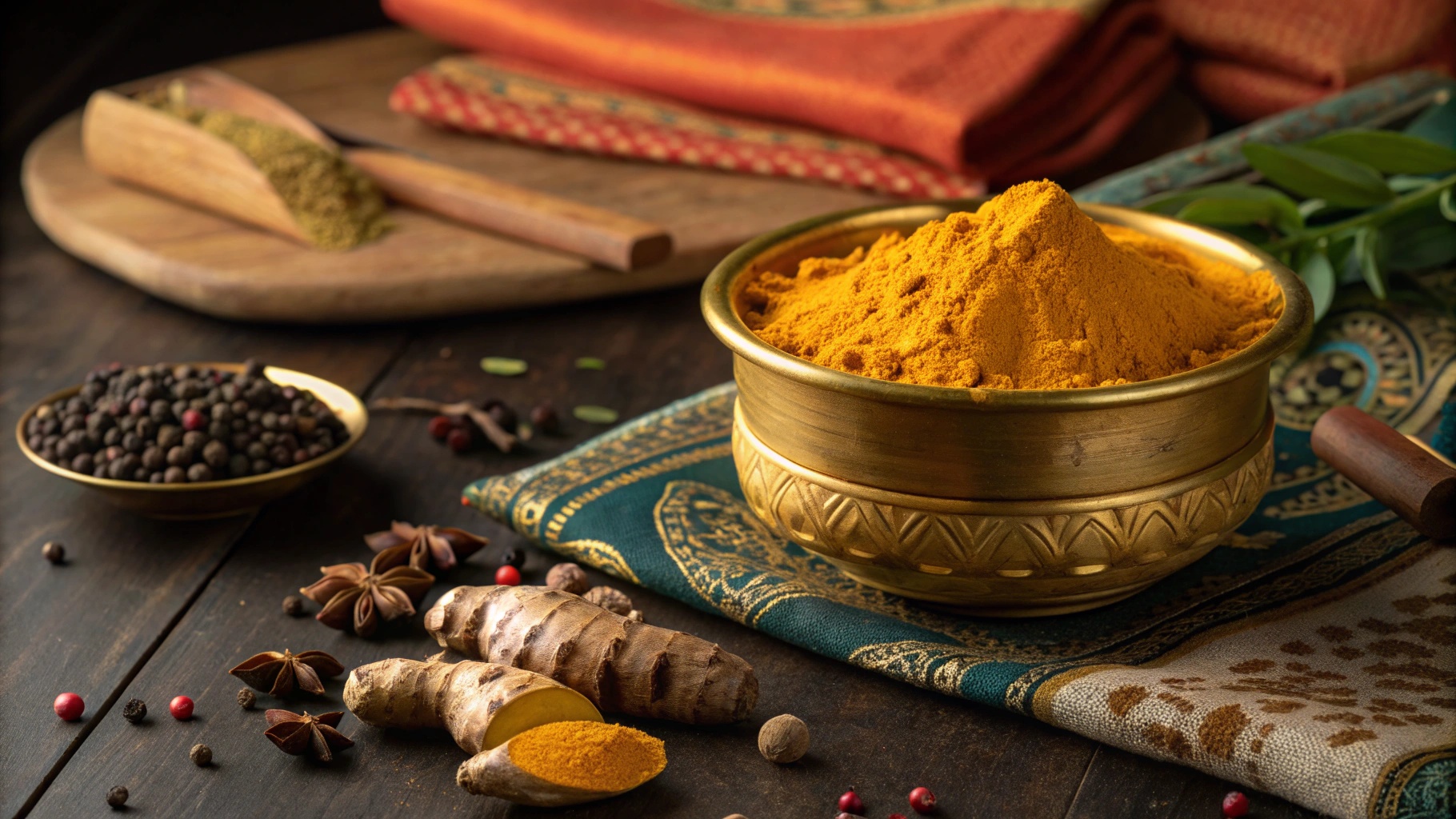
Latest Scientific Research
Contemporary scientific research has validated many traditional uses of turmeric while uncovering new therapeutic applications. Over 12,000 peer-reviewed studies have been published on curcumin and turmeric, making it one of the most extensively studied natural compounds in modern medicine.
Key Research Findings:
- Cancer Research: Over 2,000 studies demonstrate curcumin's potential in cancer prevention and treatment through apoptosis induction, cell cycle arrest, and anti-angiogenic properties.
- Neurodegenerative Diseases: Clinical trials show promise in Alzheimer's disease, Parkinson's disease, and multiple sclerosis management.
- Metabolic Syndrome: Studies indicate significant improvements in insulin sensitivity, glucose metabolism, and lipid profiles.
- Autoimmune Disorders: Research demonstrates efficacy in rheumatoid arthritis, lupus, and inflammatory bowel disease.
Current ongoing research includes large-scale clinical trials investigating turmeric's role in COVID-19 management, cancer prevention, and age-related cognitive decline prevention.
Turmeric Through the Lens
Explore the beauty and versatility of turmeric through our curated collection of high-quality images

Fresh Turmeric Rhizomes
Golden fingers of healing power, ready for harvest and transformation

Tropical Beauty
The turmeric plant thriving in its natural habitat under warm sunlight
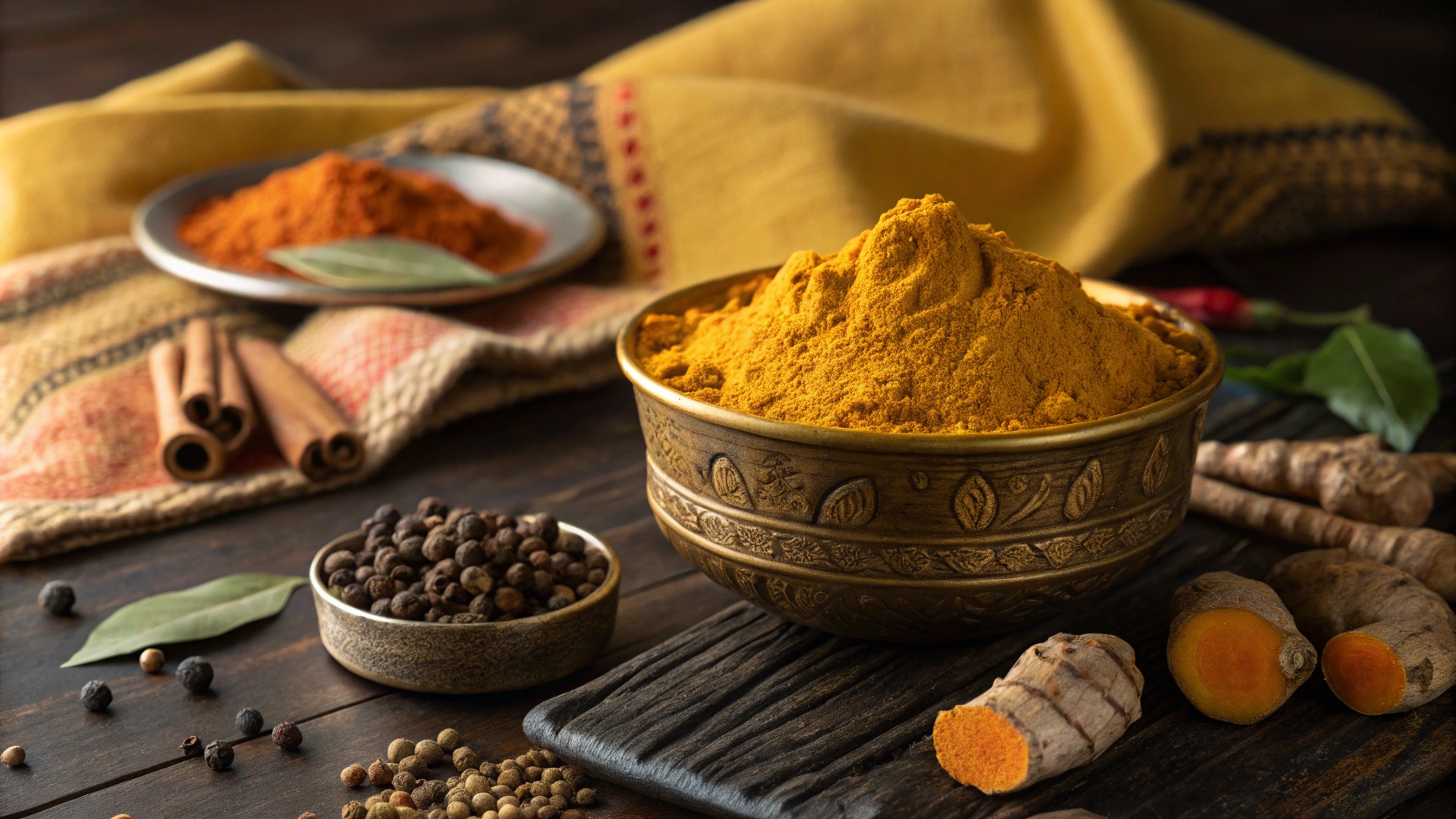
Golden Milk Ingredients
Traditional preparation with turmeric, black pepper, and ghee for maximum benefits
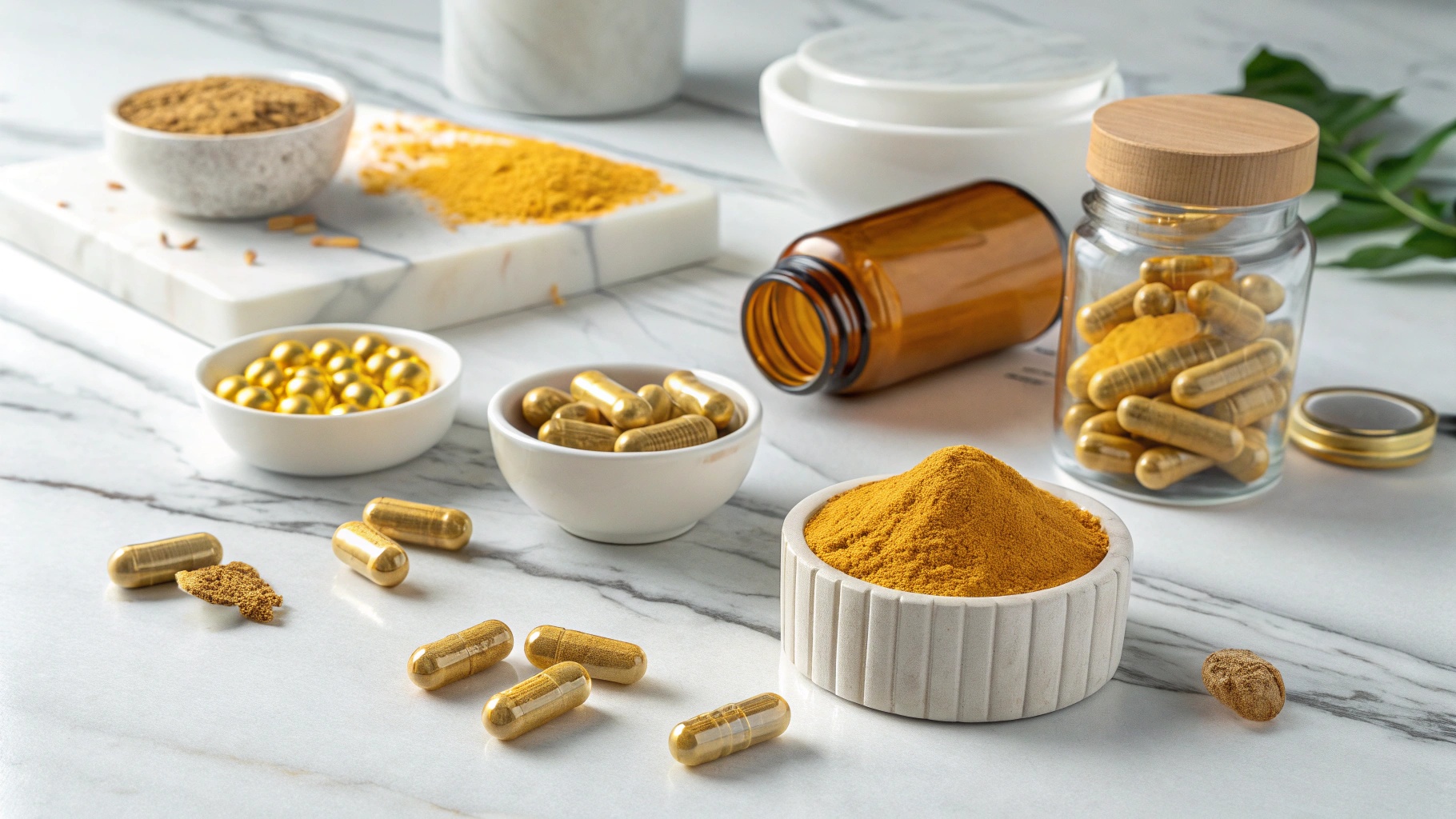
Modern Supplements
Curcumin capsules and tablets for convenient daily health support
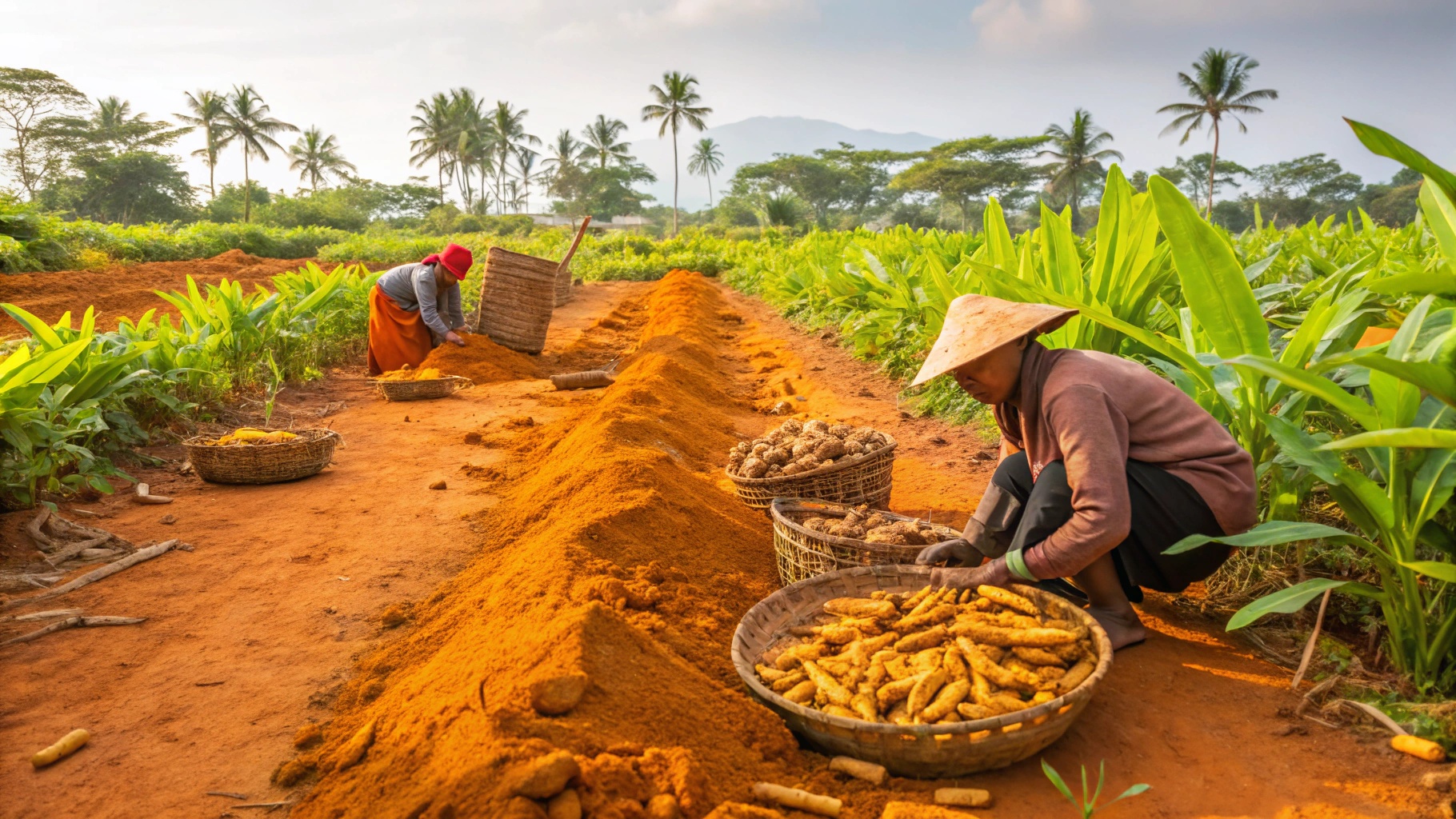
Harvest Time
Authentic rural farming scene showing traditional turmeric cultivation
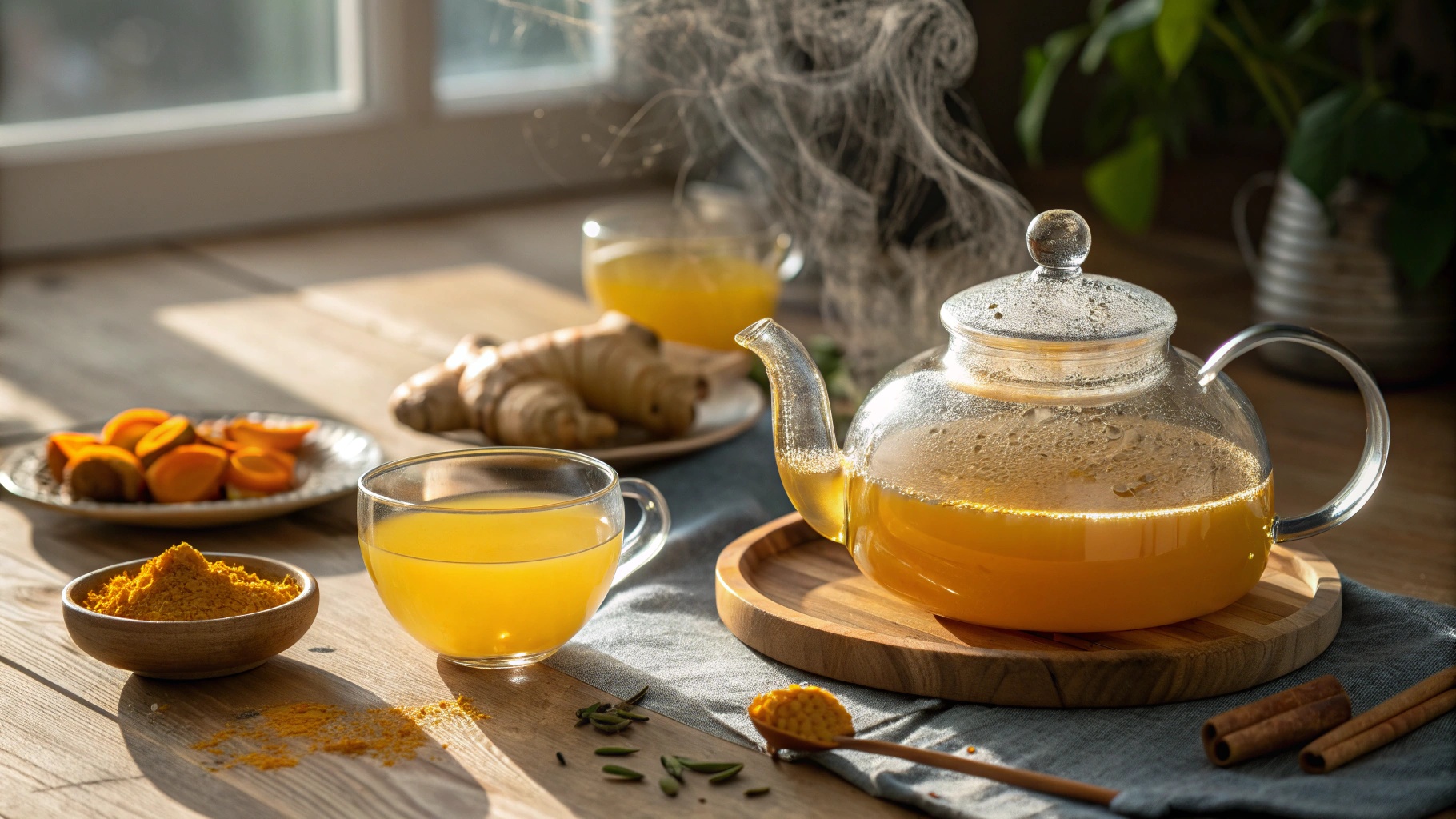
Golden Elixir
Warming turmeric tea with fresh ginger, perfect for daily wellness
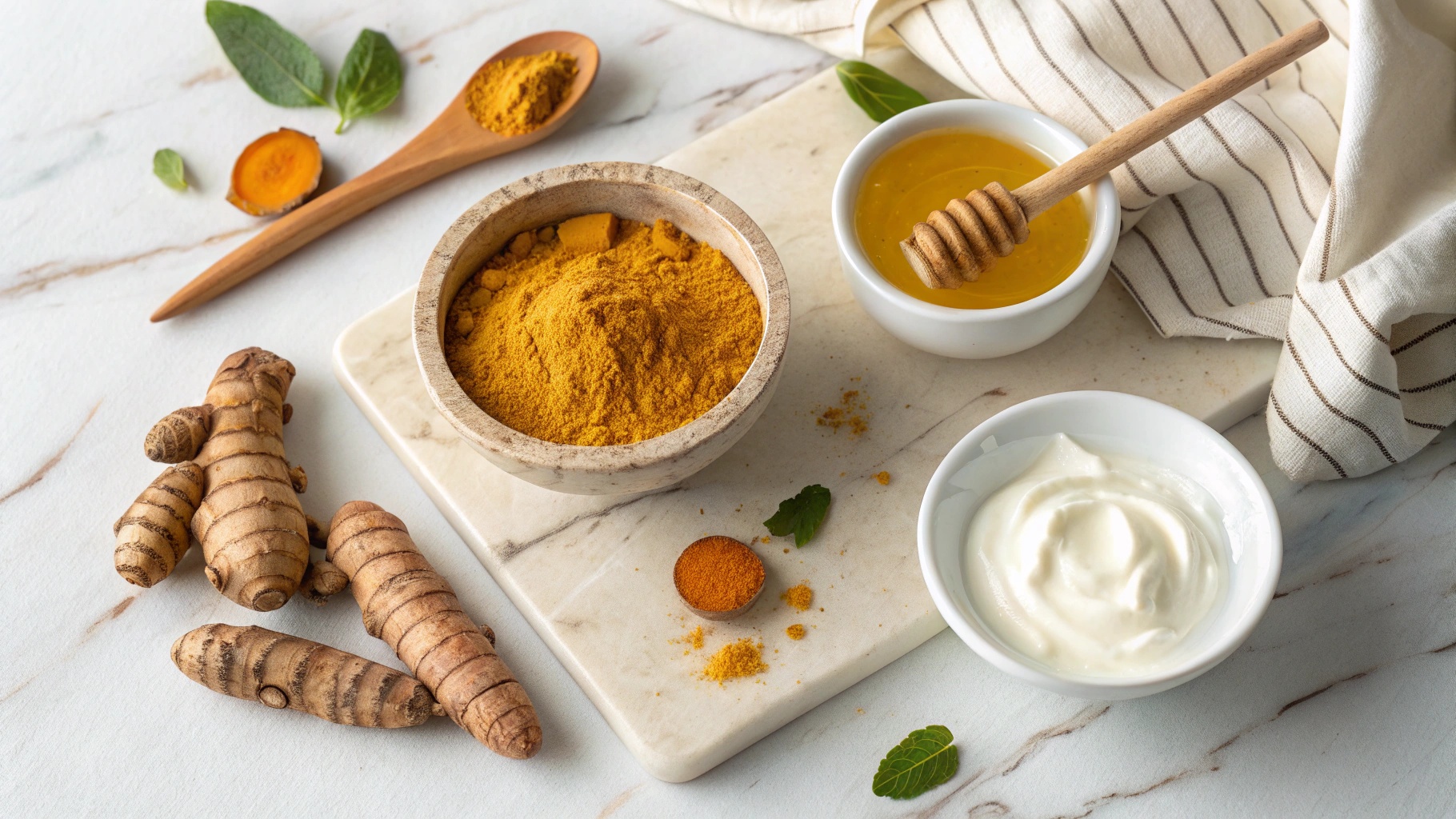
Natural Skincare
DIY turmeric face mask with honey and yogurt for glowing skin
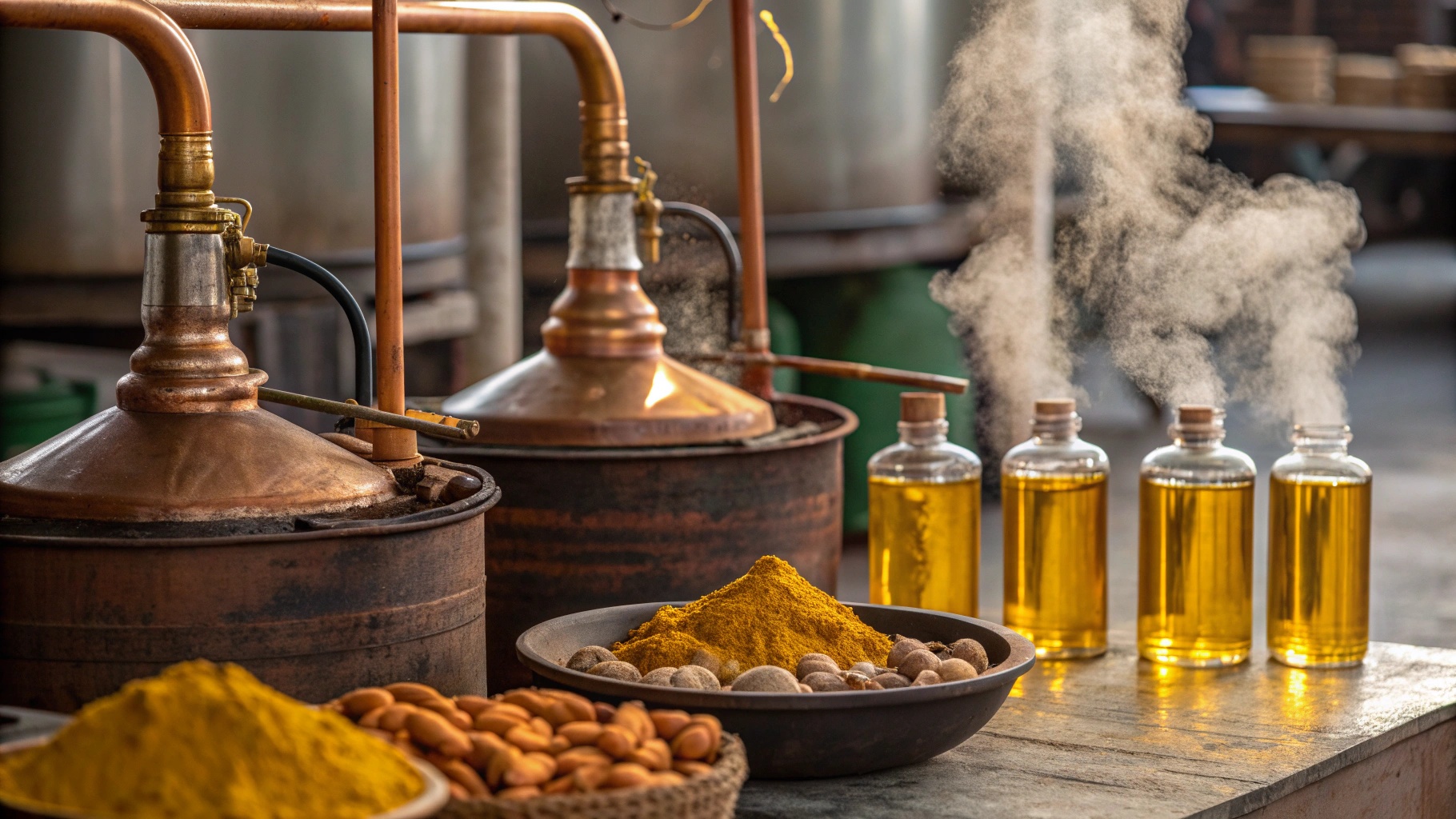
Essential Oil
Traditional distillation process for pure turmeric essential oil

Sun-Kissed Healing
Traditional sun-drying method preserving the golden essence of turmeric

Ancient Wisdom
Traditional golden milk preparation with authentic ingredients and methods
Frequently Asked Questions
What is the recommended daily dosage of curcumin?
The optimal daily dosage ranges from 500-1000mg of standardized curcumin extract (95% curcuminoids) taken with black pepper (piperine) to enhance absorption. For general health maintenance, 250-500mg daily is sufficient.
Are there any side effects of taking turmeric supplements?
Turmeric is generally safe when taken in recommended doses. Mild side effects may include digestive upset, nausea, or allergic reactions in sensitive individuals. Consult a healthcare provider if taking blood thinners or before surgery.
How can I improve curcumin absorption?
Combine turmeric with black pepper (piperine increases absorption by 2000%), consume with healthy fats (coconut oil, olive oil), or choose bio-enhanced formulations like Meriva or Theracurmin.
Can turmeric interact with medications?
Turmeric may interact with blood thinners (warfarin, aspirin), diabetes medications, and chemotherapy drugs. Always consult your healthcare provider before starting turmeric supplementation, especially if taking prescription medications.
Ready to Transform Your Health?
Join thousands of people who have discovered the life-changing benefits of turmeric. Get started with our comprehensive guides and expert recommendations.
Get Started Now